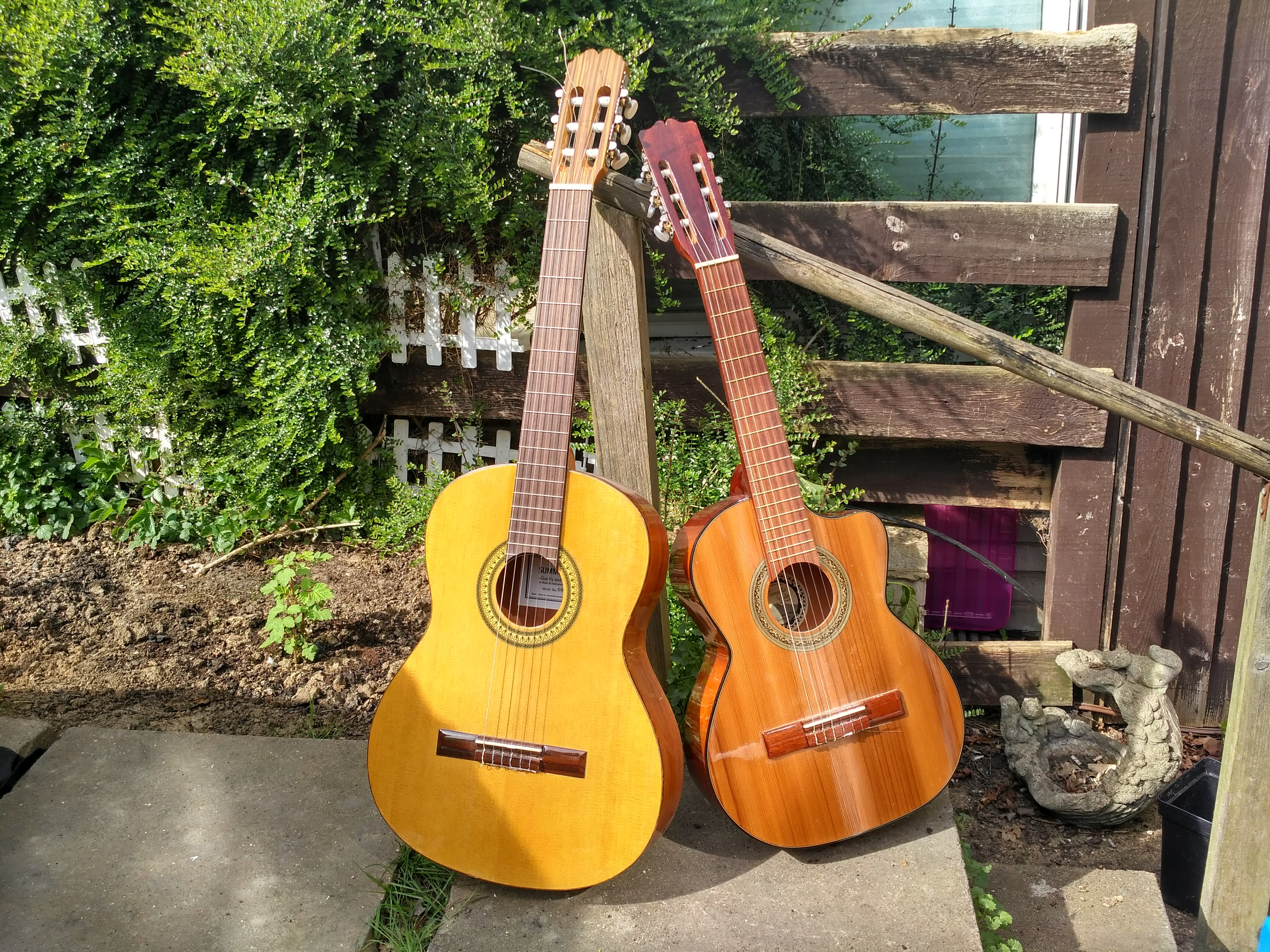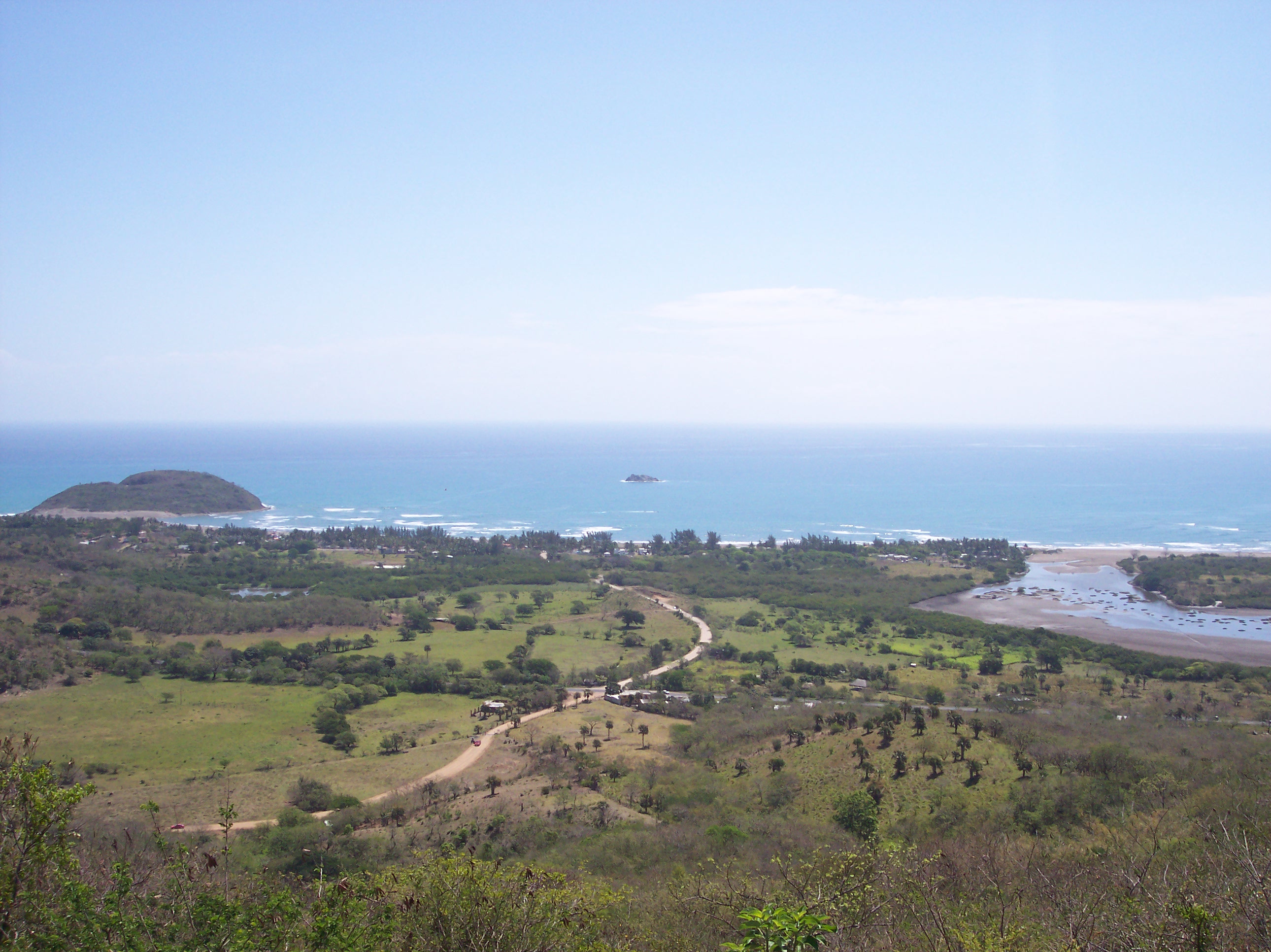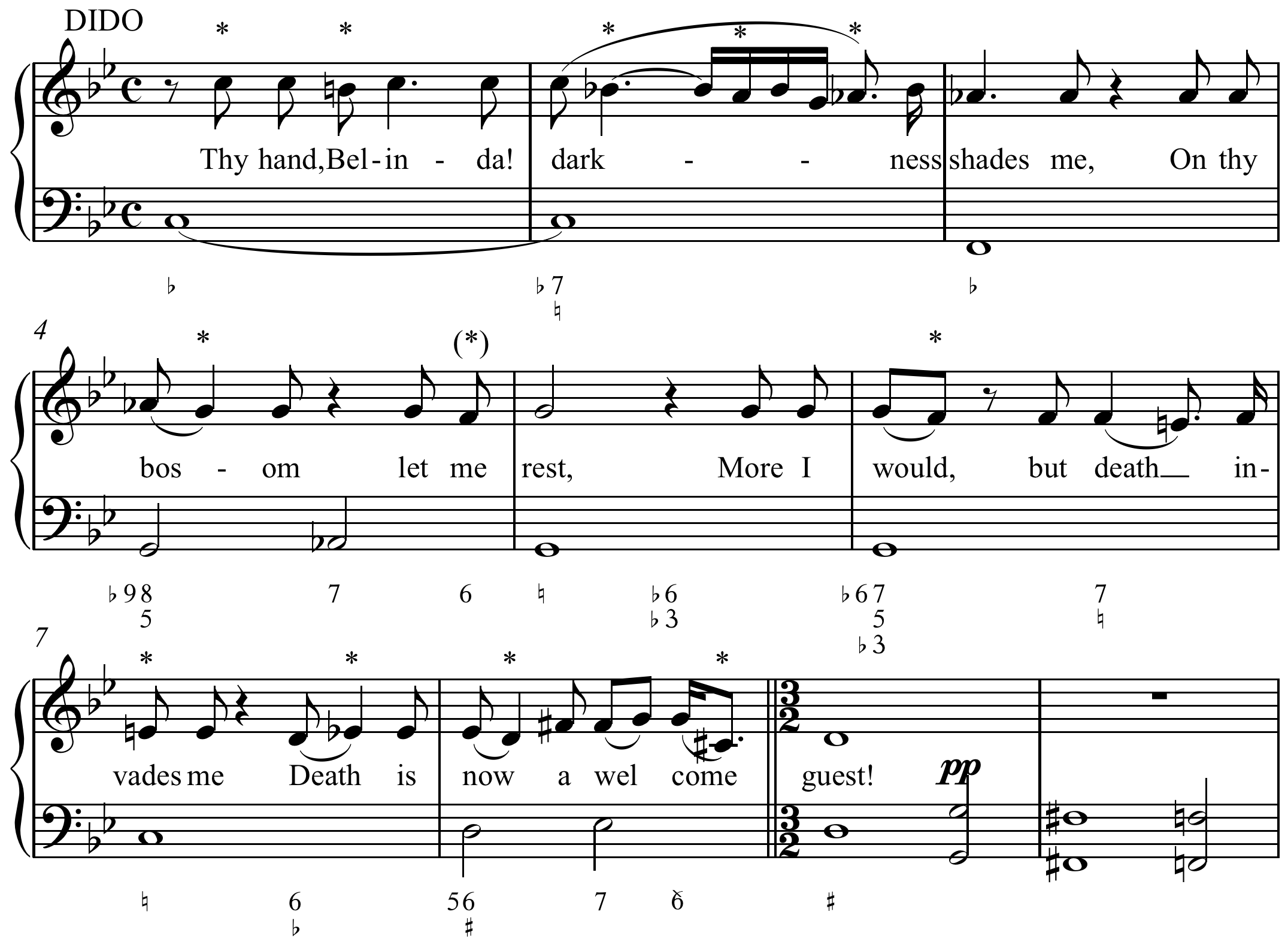|
Arpa Jarocha
The ''arpa jarocha'' is a large wooden harp that is normally played while standing, although early examples from the 16th through the first three or four decades of the 19th centuries were smaller and were played while seated. It has a wooden frame, a resonator, a flat soundboard, 32-36 nylon strings (originally, gut strings), and does not have pedals. This harp is tuned diatonically over five octaves. The top of its soundboard sometimes arches outward due to the tension of the strings. Unlike other Mexican harps, the ''arpa jarocha'' has its sound holes located on the back of the soundboard instead of on the front. Playing technique As previously stated, the ''arpa jarocha'' was once commonly played while seated, similarly to its ancestor the Spanish harp from the 16th century. In modern times, since approximately the 1940s, the ''arpa jarocha'' has been built in a larger scale, following the general pattern of the Western Mexican harps from Jalisco and Michoacán. One of the fir ... [...More Info...] [...Related Items...] OR: [Wikipedia] [Google] [Baidu] |
Harp
The harp is a stringed musical instrument that has individual strings running at an angle to its soundboard; the strings are plucked with the fingers. Harps can be made and played in various ways, standing or sitting, and in orchestras or concerts. Its most common form is triangular in shape and made of wood. Some have multiple rows of strings and pedal attachments. Ancient depictions of harps were recorded in Mesopotamia (now Iraq), Persia (now Iran) and Egypt, and later in India and China. By medieval times harps had spread across Europe. Harps were found across the Americas where it was a popular folk tradition in some areas. Distinct designs also emerged from the African continent. Harps have symbolic political traditions and are often used in logos, including in Ireland. Historically, strings were made of sinew (animal tendons). Other materials have included gut (animal intestines), plant fiber, braided hemp, cotton cord, silk, nylon, and wire. In pedal harp scor ... [...More Info...] [...Related Items...] OR: [Wikipedia] [Google] [Baidu] |
Jalisco
Jalisco, officially the Free and Sovereign State of Jalisco, is one of the 31 states which, along with Mexico City, comprise the 32 Political divisions of Mexico, Federal Entities of Mexico. It is located in western Mexico and is bordered by six states, Nayarit, Zacatecas, Aguascalientes, Guanajuato, Michoacán, and Colima. Jalisco is divided into Municipalities of Jalisco, 125 municipalities, and its capital and largest city is Guadalajara. Jalisco is one of the most economically and culturally important states in Mexico, owing to its natural resources as well as its long history and culture. Many of the characteristic traits of Mexican culture are originally from Jalisco, such as mariachi, tequila, ranchera, ranchera music, birria, jaripeo, etc., hence the state's motto: ('Jalisco is Mexico'). Economically, it is ranked third in the country, with industries centered in the Guadalajara metropolitan area, the third largest metropolitan area in Mexico. The state is home to two ... [...More Info...] [...Related Items...] OR: [Wikipedia] [Google] [Baidu] |
Michoacán
Michoacán, formally Michoacán de Ocampo, officially the Free and Sovereign State of Michoacán de Ocampo, is one of the 31 states which, together with Mexico City, compose the Political divisions of Mexico, Federal Entities of Mexico. The state is divided into 113 Municipalities of Michoacán, municipalities and its capital city is Morelia (formerly called Valladolid). The city was named after José María Morelos, a native of the city and one of the main heroes of the Mexican War of Independence. Michoacán is located in western Mexico, and has a stretch of coastline on the Pacific Ocean to the southwest. It is bordered by the states of Colima and Jalisco to the west and northwest, Guanajuato to the north, Querétaro to the northeast, State of Mexico, the State of México to the east, and Guerrero to the southeast. The name Michoacán is from Nahuatl: ''Michhuahcān'' from ''michhuah'' and ''-cān'' and means "place of the fishermen", referring to those who fish on Lake ... [...More Info...] [...Related Items...] OR: [Wikipedia] [Google] [Baidu] |
Conjunto Jarocho
The term ''conjunto'' (, literally 'group', 'ensemble') refers to several types of small musical ensembles present in different Latin American musical traditions, mainly in Mexico and Cuba. While Mexican conjuntos play styles such as '' norteño'' and ''tejano'', Cuban ''conjuntos'' specialize in the '' son'', as well as its derivations such as '' salsa''. Mexican Mexican conjunto music, also known as ''conjunto tejano'', was born in south Texas at the end of the 19th century, after German settlers introduced the button accordion. The ''bajo sexto'' has come to accompany the button accordion and is integral to the ''conjunto'' sound. Many ''conjuntos'' are concentrated in the Southwestern portion of the United States, primarily in Texas and California. In Mexico, the term ''conjunto'' is associated with '' norteño'' and ''tejano'' music. Since ''tejano'' was bred out of ''norteño'' music originally, this association is not entirely false. However, due to various cultural and ... [...More Info...] [...Related Items...] OR: [Wikipedia] [Google] [Baidu] |
Jarana Jarocha
The jarana jarocha is a guitar-shaped fretted stringed instrument from the southern region of the state of Veracruz, Mexico. Typically strung with 8 strings in 5 courses, usually arranged in two single outer strings with three double-courses in between. The strings are usually nylon, although they were gut in the past. The body is somewhat narrower than a guitar because of its direct lineage from the Spanish baroque guitar of the sixteenth century. Sometimes mistaken for a ukulele, the jarana jarocha comes in at least five sizes, the smallest being the chaquiste, somewhat smaller than a soprano ukulele; then the mosquito, about the size of a soprano ukulele; the 'primera', about the size of a concert ukulele; the 'segunda', in length between a tenor and a baritone ukulele; and the 'tercera', somewhat longer than the baritone ukulele. Some luthiers are building jaranas of a size they label "tercerola" or "jarana cuarta", but there is some discussion as to whether these represent a ... [...More Info...] [...Related Items...] OR: [Wikipedia] [Google] [Baidu] |
Requinto
The term requinto is used in both Spanish and Portuguese to mean a smaller, higher-pitched version of another instrument. Thus, there are ''requinto'' guitars, drums, and several wind instruments. Wind instruments ''Requinto'' was 19th-century Spanish for "little clarinet". Today, the word ''requinto'', when used in relation to a clarinet, refers to the E-flat clarinet, also known as ''requint'' in Valencian language. ''Requinto'' can also mean a high-pitched flute (akin to a piccolo), or the person who plays it. In Galicia, the word may refer to a wooden fife-like instrument held sideways. Small guitar The ''requinto'' guitar has six nylon strings with a scale length of , which is about 18% smaller than a standard guitar scale. ''Requintos'' are tuned: A2-D3-G3-C4-E4-A4 (one fourth higher than the standard classical guitar). It was made popular throughout the 1940s by Mexican guitarist/vocalist Alfredo Gil of romantic music trio " Los Panchos." ''Requinto'' guitars are ... [...More Info...] [...Related Items...] OR: [Wikipedia] [Google] [Baidu] |
Veracruz
Veracruz, formally Veracruz de Ignacio de la Llave, officially the Free and Sovereign State of Veracruz de Ignacio de la Llave, is one of the 31 states which, along with Mexico City, comprise the 32 Political divisions of Mexico, Federal Entities of Mexico. Located in eastern Mexico, Veracruz is bordered by seven states, which are Tamaulipas, San Luis Potosí, Hidalgo (state), Hidalgo, Puebla, Oaxaca, Chiapas, and Tabasco. Veracruz is divided into Municipalities of Veracruz, 212 municipalities, and its capital city is Xalapa, Xalapa-Enríquez. Veracruz has a significant share of the coastline of the Gulf of Mexico on the east of the state. The state is noted for its mixed ethnic and indigenous populations. Cuisine of Veracruz, Its cuisine reflects the many cultural influences that have come through the state because of the importance of the port of Veracruz (city), Veracruz. In addition to the capital city, the state's largest cities include Veracruz, Coatzacoalcos, Córdoba, V ... [...More Info...] [...Related Items...] OR: [Wikipedia] [Google] [Baidu] |
Mexico
Mexico, officially the United Mexican States, is a country in North America. It is the northernmost country in Latin America, and borders the United States to the north, and Guatemala and Belize to the southeast; while having maritime boundary, maritime boundaries with the Pacific Ocean to the west, the Caribbean Sea to the southeast, and the Gulf of Mexico to the east. Mexico covers 1,972,550 km2 (761,610 sq mi), and is the List of countries by area, thirteenth-largest country in the world by land area. With a population exceeding 130 million, Mexico is the List of countries by population, tenth-most populous country in the world and is home to the Hispanophone#Countries, largest number of native Spanish speakers. Mexico City is the capital and List of cities in Mexico, largest city, which ranks among the List of cities by population, most populous metropolitan areas in the world. Human presence in Mexico dates back to at least 8,000 BC. Mesoamerica, considered a cradle ... [...More Info...] [...Related Items...] OR: [Wikipedia] [Google] [Baidu] |
Yaqui
The Yaqui, Hiaki, or Yoeme, are an Indigenous people of Mexico and Native Americans in the United States, Native American tribe, who speak the Yaqui language, a Uto-Aztecan language. Their primary homelands are in Río Yaqui valley in the northwestern Mexican state of Sonora. Today, there are eight Yaqui Pueblos in Sonora. Some Yaqui fled state violence to settle in Arizona. They formed the Pascua Yaqui Tribe of Arizona, based in Tucson, Arizona, which is the only federally recognized Yaqui tribe in the United States. Many Yaqui in Mexico live on reserved land in the state of Sonora. Others live in Sinaloa and other regions, forming neighborhoods in various cities. Individual Yaqui and people of Yaqui descent live elsewhere in Mexico and the United States. Language The Yaqui language, or Yoem Noki, belongs to the Uto-Aztecan language family. Yaqui speak a Cahitan language, a group of about 10 mutually intelligible languages formerly spoken in much of the states of Sono ... [...More Info...] [...Related Items...] OR: [Wikipedia] [Google] [Baidu] |
Latin American Music
The music of Latin America refers to music originating from Latin America, namely the Spanish language, Spanish and Portuguese language, Portuguese-speaking regions of the Americas south of the United States. Latin American music highly incorporates its Africa, African influences into the music of Latin America, as well as Indigenous peoples of the Americas#Music and art, indigenous music of Latin America. Due to its highly Syncretism, syncretic nature, Latin American music encompasses a wide variety of styles, including influential genres such as cumbia, Bachata (music), bachata, bossa nova, Merengue music, merengue, Cuban rumba, rumba, Salsa music, salsa, samba, son (music), son, candombe and Tango music, tango. During the 20th century, many styles were influenced by the music of the United States giving rise to genres such as Latin pop, Latin rock, rock, Latin jazz, jazz, Latin hip hop, hip hop, and reggaeton. Geographically, it usually refers to the Spanish and Portuguese-spe ... [...More Info...] [...Related Items...] OR: [Wikipedia] [Google] [Baidu] |
Diatonic Instruments
Diatonic and chromatic are terms in music theory that are used to characterize scales. The terms are also applied to musical instruments, intervals, chords, notes, musical styles, and kinds of harmony. They are very often used as a pair, especially when applied to contrasting features of the common practice music of the period 1600–1900. These terms may mean different things in different contexts. Very often, ''diatonic'' refers to musical elements derived from the modes and transpositions of the "white note scale" C–D–E–F–G–A–B. In some usages it includes all forms of heptatonic scale that are in common use in Western music (the major, and all forms of the minor). ''Chromatic'' most often refers to structures derived from the chromatic scale in 12-tone equal temperament, which consists of all semitones. Historically, however, it had other senses, referring in Ancient Greek music theory to a particular tuning of the tetrachord, and to a rhythmic notation ... [...More Info...] [...Related Items...] OR: [Wikipedia] [Google] [Baidu] |





